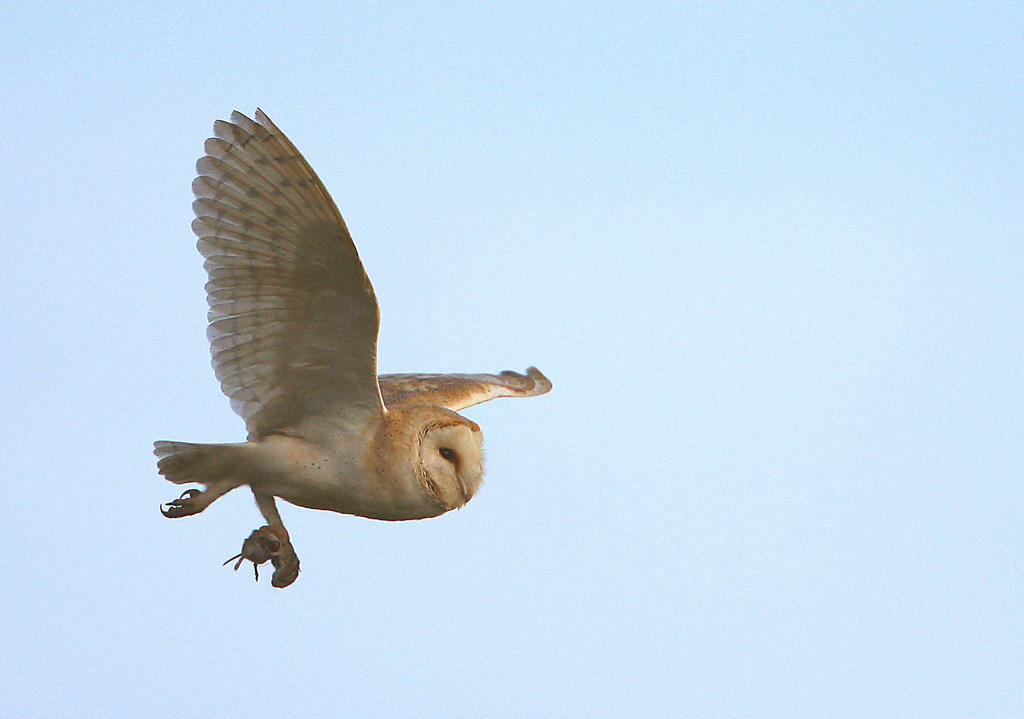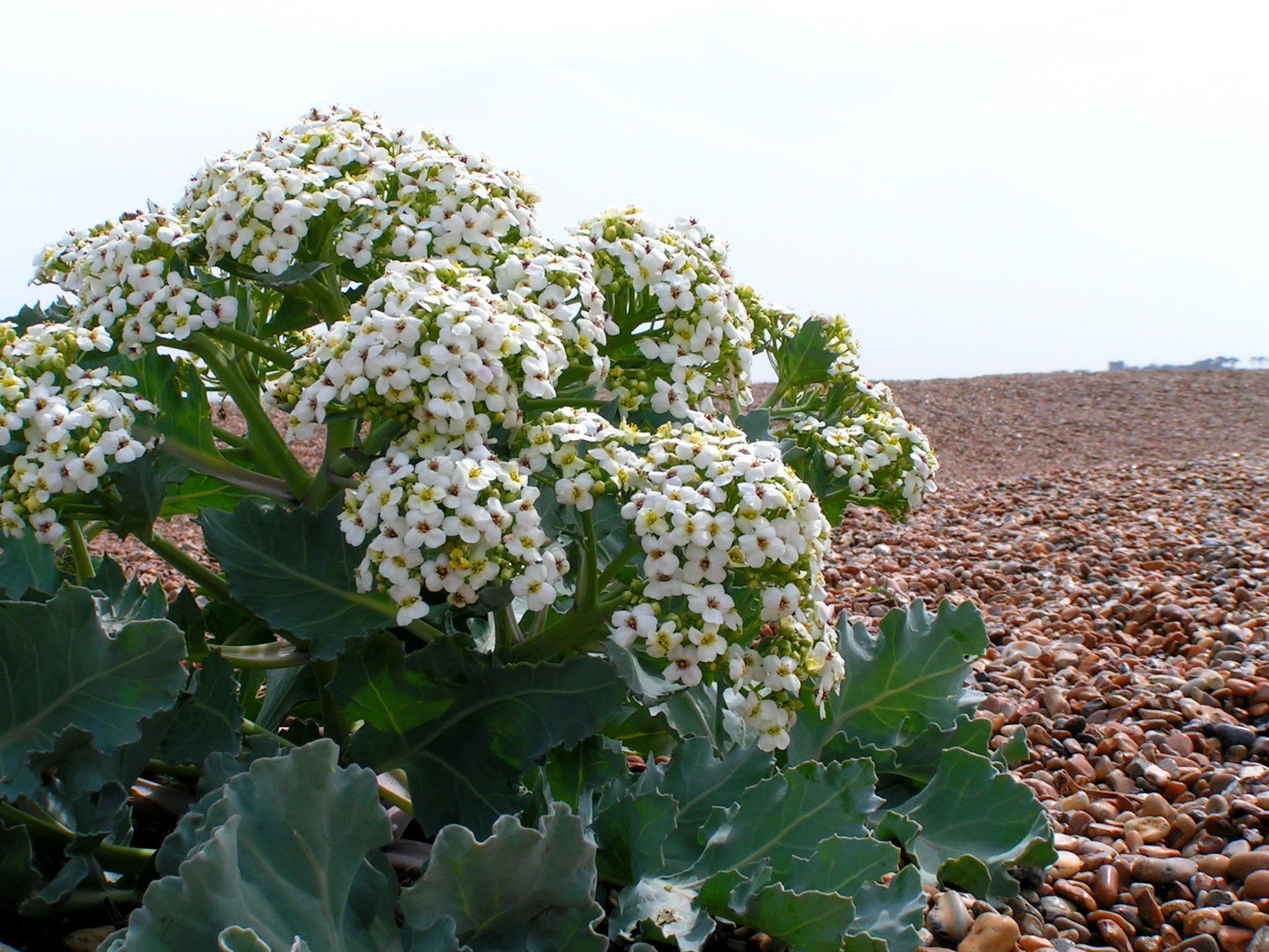It’s been a bumper year for acorns. The ground under oak trees is strewn thick with these lovely oval nuts, some of them still enclosed in their little knobbly cups. It’s been what they call a ‘mast year’, when the weather conditions in spring and summer offered just the right combination of sun, warmth and rain to pollinate the trees and fatten their fruits. And acorns are the fruits of the oak. The word is derived from the Old English ac (oak) and corn (their fruit). I asked a fruit farmer recently what a fruit actually is and he came up with this interesting answer, ‘it’s a seed dispersal mechanism’. Oaks don’t produce acorns in this profusion every year, but in a mast year they create far more of them than any of their natural consumers can possibly eat on the spot – the technical name for this strategy is ‘predator satiation’ – and that encourages long-term planners like squirrels and jays to carry the acorns away and bury them in scattered locations from which they can later retrieve them for tasty winter snacks. Inevitably they will forget where they hid a few of them, and so will have effectively planted and dispersed lots of new oak seedlings. Clever Nature.
Acorns are very rich in tannins and are seriously harmful in their raw state to some other animals, including dogs, horses and humans. If they are boiled or roasted, however, you can leach the tannins out and then they are said to make nutritious flour or even decaffeinated coffee. In some human cultures, like those of certain native North American tribes, acorns were a staple item of diet when properly prepared in this way, so maybe we should experiment more (cautiously!). Pigs don’t need that detoxification process, however, and there was an ancient forest right called pannage, whereby you could let your pigs out into the woods to gorge themselves on acorns for an authorised period every autumn. In fact, they still observe that practice in the New Forest in Hampshire and the permitted pannage season there this year is from 15 September to 28 November, in case you’re interested.

Oak trees themselves are one of the glories of our woodlands. They support an incredible range of wildlife: some 2,300 other species depend on them in part for their food, shelter and living quarters. These include birds (woodpeckers), mammals (badgers, deer, wood mice), many lovely moths and butterflies (crimson underwings and purple hairstreaks), bees, hoverflies, beetles, fungi, lichen and mosses; and of these over 250 depend wholly on oaks. No wonder the oak and the acorn are such powerful symbols of growth, abundance, fertility and life.
Jeremy Mynott
October 2025








